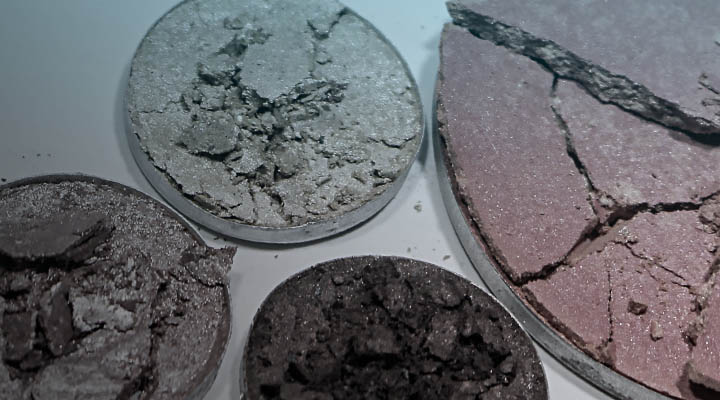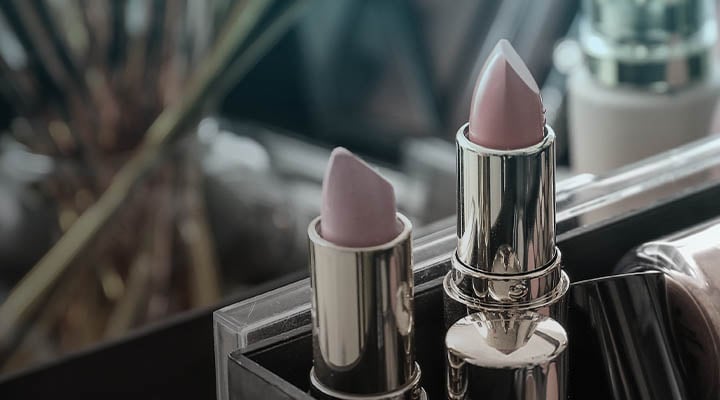In a time where the unexpected is now the expected, make-up brand Charlotte Tilbury sold a majority stake to Spanish fashion and fragrance firm Puig, a somewhat unlikely partnership as this is Puig’s first foray into colour cosmetics. Nonetheless, the deal indicates there is still investor interest in beauty, despite such levels of uncertainty. The deal also gives hope to other big names such as Pat McGrath Labs and Huda Beauty, which are the rumoured big names of interest to potential buyers. Therefore, are beauty M&A predictions for 2020 still front-page news?
We expect that with the current crisis and economic climate, M&A activity will be much quieter compared to 2019. Although rounds of funding may still be busy, brands such as Paula’s Choice, Erzo Lazlo and Dennis Gross may not get the buyers’ attention they predicted this year. In this article, we review what organisations should consider as they move towards the regroup and renew phase, as well as the strategies behind some of the movers and shakers in beauty.
Reflect and Review
As organisations recover and regroup during this time, they should first reflect internally and whether they are on track to achieve their strategic goals. Are they in the best position to buy and will this help them achieve their desired scale quickly yet sustainably? This has been seen with companies such as Unilever (previously rumoured to have been in the running for Charlotte Tilbury), who have done the groundwork during this time and simplified its legal structure (having previously been based in London and Amsterdam). This gives them greater strategic flexibility by being able to make better deals under a single parent company.
During this time, companies should also reflect on their brand portfolio. For example, are there any products that they currently do not carry that their customers would also purchase? Organisations should also consider during this regroup phase on whether they should be looking to buy more brands, or should they be focusing on the strategies for those they already own? Although Coty is rumoured to be in conversation with Kim Kardashian West, their Q3 earnings and shares are down almost 52% year to date. Coty may want to pause on Kim Kardashian West and reflect on why the brands they currently have are not performing and reassess their strategic operating model. Sometimes, buying your way out of trouble only causes more issues. Store closures have been identified as the prime reason for the fall in sales however, there have been previous issues due to their lack of focus and excessively broad brand portfolio. However, it was recently announced that Private Equity firm KKR are looking into an acquisition of a majority stake in Coty’s hair and nail care business. Being able to sell off some of its low performing brands will help Coty streamline and reassess what they want to focus on and be known for in the future.
Shifting Consumer Preferences
Personality-driven beauty brands have been the recent hot topic when it comes to M&A. From Kylie Cosmetics sale to Coty and Drunk Elephant to Shiseido, 2019 was the year for spending. However, unless conversations started to happen towards the end of last year or the beginning of this year, it will be unlikely that we will see any big acquisitions for some time. Luxury beauty retailers such as Space NK, FeelUnique and Cult Beauty were also rumoured to be looking for buyers earlier this year, but have since shelved plans for now. This does not bode well for brands such as LA favourite Violet Grey who was said to be exploring options for the future.
This does not necessarily mean that this is the end of M&A for 2020. Brands will still need to consider how best to build their platforms and ecosystems that will help sustainably grow their brand. Therefore, what we could see is the acceleration in attention from acquiring established brands and retailers to buying tech companies, manufacturers and even strategic suppliers that will better support their supply chain. These acquisitions were seen to be of more interest to buyers in the past few years and will be more attractive after COVID-19. In 2018, for example, L’Oréal purchased VR firm Modiface which has supported their brands build better beauty experiences through technologies such as voice, AR and AI. This has been beneficial as they prepare for the ‘new normal’ and has helped them further accelerate their digital initiatives (such as renewing their e-commerce approach). Recently, we have also seen MAC Cosmetics partner with YouCam, the virtual try-on feature which allows you to try on various products via AR before making a purchase. As we continue to shift towards becoming an ‘experience economy’, brands need to not only think about expanding their portfolio but investing in more things which will help build an immersive experience, supporting the marketing of their products. From accessing technology and data through partnerships and acquisitions, beauty companies will evolve to beauty technology companies which we truly see as the future of the industry.
The Key to Successful Sales
Has COVID-19 changed the way organisations investigate acquisitions? Yes and no. A successful acquisition is one that already has an established consumer base, but still has room for growth with the right support (e.g. redefining strategic goals, operating models, categories and deciding on the right partnerships). The process for acquisitions will remain the same in terms of due diligence however, it is highly likely that there will be more focus on the financial performance and scalability of the brand through the lens of the ‘new normal’. Previously, brand appeal and excitement played a big role in their valuation. Brands with strong and loyal communities will still be attractive to buyers as it reflects potential growth, but companies which have strong margins and cash flow will be even more attractive. There will be greater attention on the agility of their supply chain and how they reacted during the crisis as volatility is at an all-time high.
A Different Value Proposition
Not all companies will reach the ‘renew’ stage and COVID-19 may expose the beauty brands which were bad business from the start. COVID-19 might see us say goodbye to some old favourites or those that were welcomed into a new home on a cut-price deal. However, if a brand has struggled to survive during this time, then maybe they are not worth saving?
The M&A landscape has officially shifted and will be shaped by the industry trends and consumer demands of the post-COVID-19 world. Retailers need to ask themselves: how have my customers changed? Are they spending more or less than pre-COVID-19? On what products and through which channels? Only then, once retailers have more of a confident idea of their core customer segments, can they start to consider opportunities for growth and innovation. Retailers should then strategise and assess these opportunities, to understand where acceleration can be made through mergers, acquisitions, alliances or partnerships. In isolation, buying your way out of a hole just won’t work. A strategic, considered approach is now required for recovery.
Published
April 29, 2024Reading time
4 minutesRelated posts





